
Military Binoculars: we see them, not the enemy...

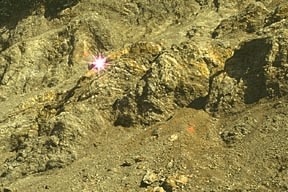

THE FORT BRAGG POST
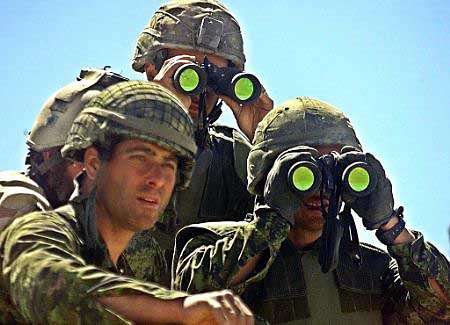
Most military men when they use binocolars hold them wrong exposing the shiny external coating to sun reflections (glint) that is visible for miles away. This shine gave away the Confederates at Gettysburg, caused Israeli General Moshe Dayan to lose an eye to a sniper and was the chief thing the Russians looked for to give away the sign of American positions. American Soldiers use a lot of electro-optics and we HAVE to do something about their glint reflections. We can no longer assume we "own" either the night or the daytime--the enemy has optics and night vision devices...to include lasers that can blind you. The enemy has $$$ and doesn't have to fight a hostile bureaucracy to get he gear he needs to win.
National Training Center, Fort Irwin, California
When fighting force-on-force with the OPFOR of the 11th Armored Cavalry Regiment, you quickly see how binoculars, vehicle headlights and sun, wind, dust goggle (SWDG) reflections can give away the presence of a BLUEFOR unit approaching you, and giving you aimpoints to call for/adjust supporting arms and your own direct-fire weapons. Our M113 Gavin force with a few M551 Sheridans visually modified to look/act like Russian medium tanks, clobbered a much more sophisticated M1A1 Abrams and M2A2 Bradley medium-to-heavy force. Despite knowing about this problem for YEARS, in Afghanistan, Soldiers desperately made covers for their SWDGs when they are commercially available had the Army bureaucracy listened and bought these items:
Better camouflage NOW! What you can do about it, TODAY?

*When using binoculars, CUP YOUR FINGERS AROUND THE OUTSIDE EDGE OF THE LENS TO CREATE A HOOD EFFECT. This will reduce the chance of glint reflecting off them. This is very important for the Steiner M22 7X50 binoculars with their gold anti-laser protective coating. A good example is the commander pictured at the top of the U.S. Army Armor Magazine, Tactical Vignettes decision-making game series.

1LT Samm poses with proper bino holding technique to cut-down glint in ARMOR magazine's Tactical Vignette series
*Obtain KillFlash!(c) Glint Anti-Reflection Devices (ARDs) or covers for all your optics, binos, scopes etc...and Sun, Wind Dust Goggles. The KillFlash! ARD/cover is scheduled to be purchased soon as a Soldier Enhancement Program (SEP) item.
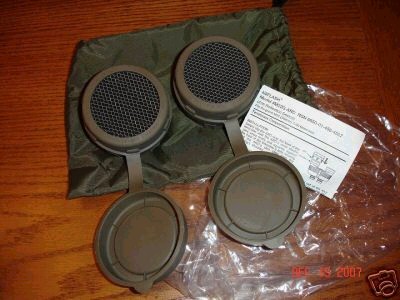

*Cover SWDGs with a piece of brown nylon hosiery or sock or t-shirt as an expedient glint cover; for details on the Eagle SWDG cover: Better Camouflage
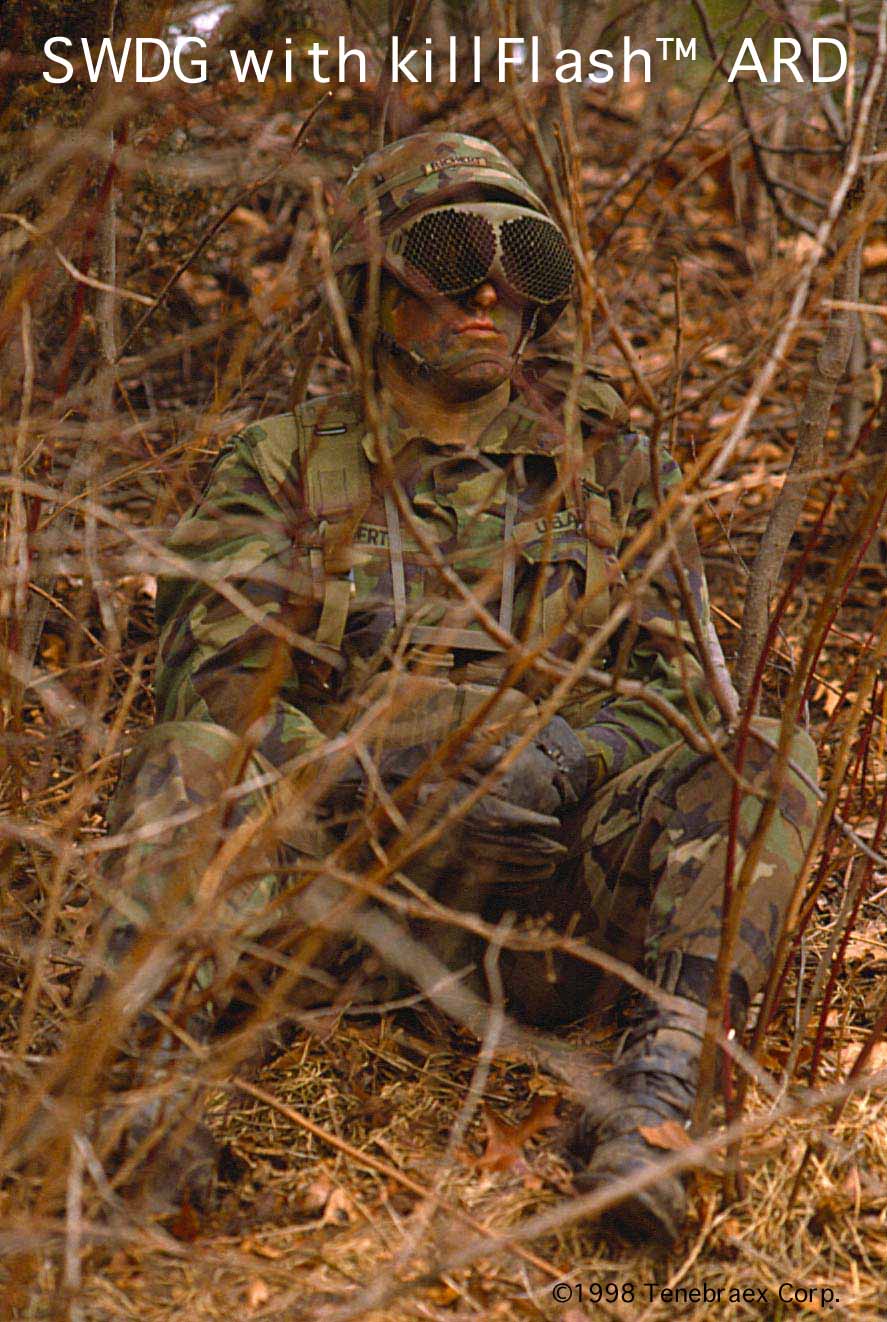
*Be aware of optical camouflage and look at your Paratroopers and vehicles from the enemy's perspective and fix all shiny areas with camou paint, covers and burlap materials.
IF YOU CAN BE SEEN, YOU CAN BE HIT.
IF YOU CAN BE HIT, YOU CAN BE KILLED!
DON'T BE SEEN!
A USAF F-4 Phantom combat fighter-bomber pilot offers the following technique for stabilized viewing after you have ARDs fitted to the end of your binos:
"I see Army guys scoping the country using binoculars on TV - and not one holds them in a very steady fashion. I learned how to do that from the Navy. You hold the binos by cupping the heels of your palms and last three fingers about them. Your thumbs press against your cheekbones and your index fingers press against your temples above the 'soft spot'. I have a pair of large 20x80 binos and I can hold them steady enough that way to scope out wildlife at half a mile."
WHY ARE BINOCULAR MILS SCALES NOT SELF-EXPLANATORY?

When you look through military binos, you will see a reticle scale for adjusting supporting arms fire using the WORM rule. That not being complicated enough, each number is not what it says it is! "1" actually means 10 mils!. This is ridiculous. Put a damn "10", "20", "30", "40", "50" etc. on the mils scale and stop setting our Soldiers up for mistakes that can kill. This is what the Field Artillery's Ground laser devices have on their reticles.

CARRYING BINOCULARS?
The Soldier is very much already cluttered with strapped gear over his back. What we need is a pouch that clips to the LBE/TLBV belt that holds military binoculars. Another idea would be a chest pouch so the binos are easily grabbed and put to use. This pouch would also double as a place to carry Night Vision Goggles when not connected to the helmet mount or the head harness.
HANDS-FREE BINOCULARS USE?


We can do this!
We DID IT! We went ahead and hard-mounted a small pair of binoculars to a NVG mount to prove the concept. It works! You can now scan in day time hands-free!
Field eXpedients: General Patton Helmet Binoculars Mount
"MILRETCOMP" monocular

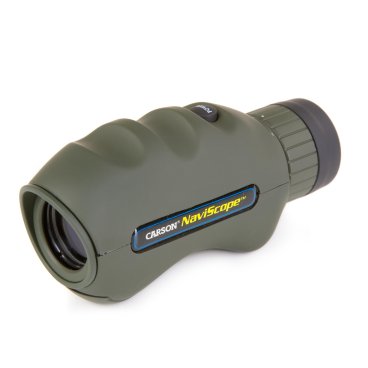
What we really need is a waterproof, shock-resistant, TAN colored monocular with a built-in compass that has the U.S. military MILS reticle like used on the M22 binoculars (see above) but spelled out 10, 20, 30, 40 mils etc. instead of the confusion-prone 1, 2, 3, 4 that you are supposed to remember are 10, 20, 30, 40 mils etc. (you have enough on your mind as it is).
By having the compass and the vertical and horizontal mils scale in the monocular, it speeds the adjustment of artilley and mortar fires because you spot the enemy with your naked eyes, keep him in view with one naked eye as the monocular is brought up to the other eye and get an immediate observer--->target compass direction and a range if you know his/its size in mils at different ranges. As you "keep an eye" on the target, you radio call in your position location known by map reading or a GPS read, your observer--->target direction and his estimated range. If your compass isn't built-in, you waste precious time opening your issue lensatic compass or reading a number off a wrist compass--time that the enemy could escape and be long gone. Fire Direction Center (FDC) will radio back, "Shot out" and you have to reply when you see it, "Shot, Over" and then observe how left or right or near or far its landed THROUGH THE MONOCULARS so as to measure corrections using the MILS scale and the "WORM" rule. You call back to FDC, for example, "RIGHT 200, DROP 200" etc. and keep making corrections until you "bracket" the target with shots long and decisively short. Once this is done you, cut the last adjustment in half that made the bracket to pinpoint the target and call back "Fire-for-Effect" and then all the guns open fire to obliterate the target.
One of the benefits of the military mils scale compass monocular is you wouldn't lose shots in the distance because you stopped looking and covered both your eyes with a big, heavy pair of binoculars. One naked eye would be on the look-out with a wide field-of-view sure to spot the white puff of the round landing in the distance as the other eye is covered by the monocular being brought up. Another benefit is lighter weight over the big, clunky M22 binos which only a few designated Soldiers carry--the military mils scale compass monocular would be handy so more Soldiers could carry them for observation as well as do artillery/mortar spotting.
On the end of the "MILRETCOMP" monocular would be a Tenebraex "Kill Flash" glint cover [www.camouflage.com] to prevent shine from giving your presence away to the enemy.
Tenebraex Corporation 27 Drydock Avenue, 5th Floor Boston, MA 02210
General Contact Information:
tbxinfo@tenebraex.com
Sales: tbxsales@tenebraex.com
A "Generation II" MILRETCOMP monocular might have a GPS read-out built-in in military grid reference system (MGRS) so the step of informing FDC where you are can be sped up. "Generation III" MILRETCOMP might have a digital camera built-in with a detachable SanDisk card so when we spot something suspicious we can capture it and relay it to S-2 intelligence folks etc. to scrutinize it.
CONCLUSION: WE NO LONGER "OWN" THE DAY OR NIGHT
The world moves by the speed of the AIR and U.S. Army forces can be at any spot on earth via air-delivery for Airborne Logistics. However, we can no longer assume we "own" either the day or night--he who sees the enemy first wins. We must improve our use of optics like binoculars!
FEEDBACK!
 Return to U.S. Army Airborne Equipment Shop
Return to U.S. Army Airborne Equipment Shop